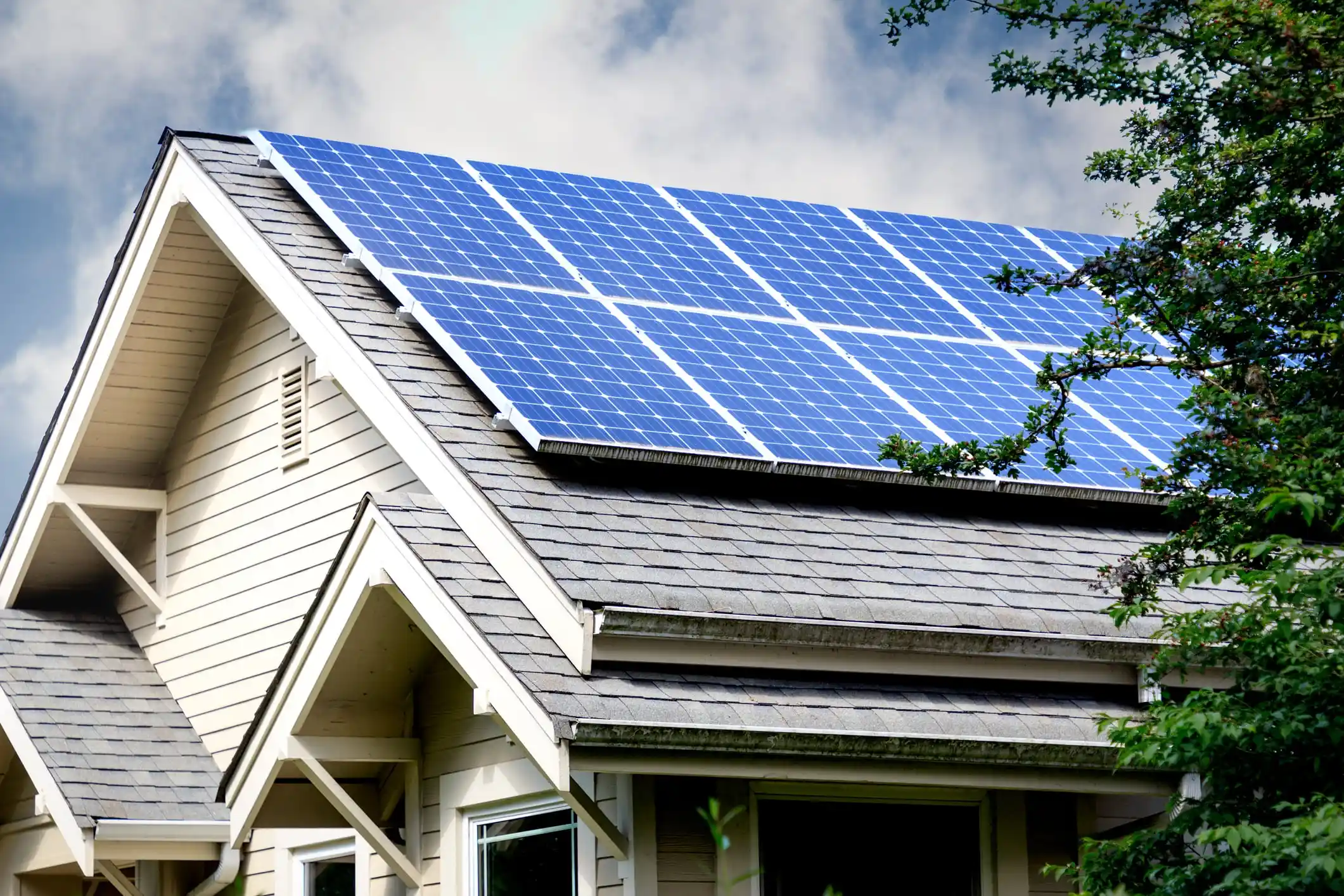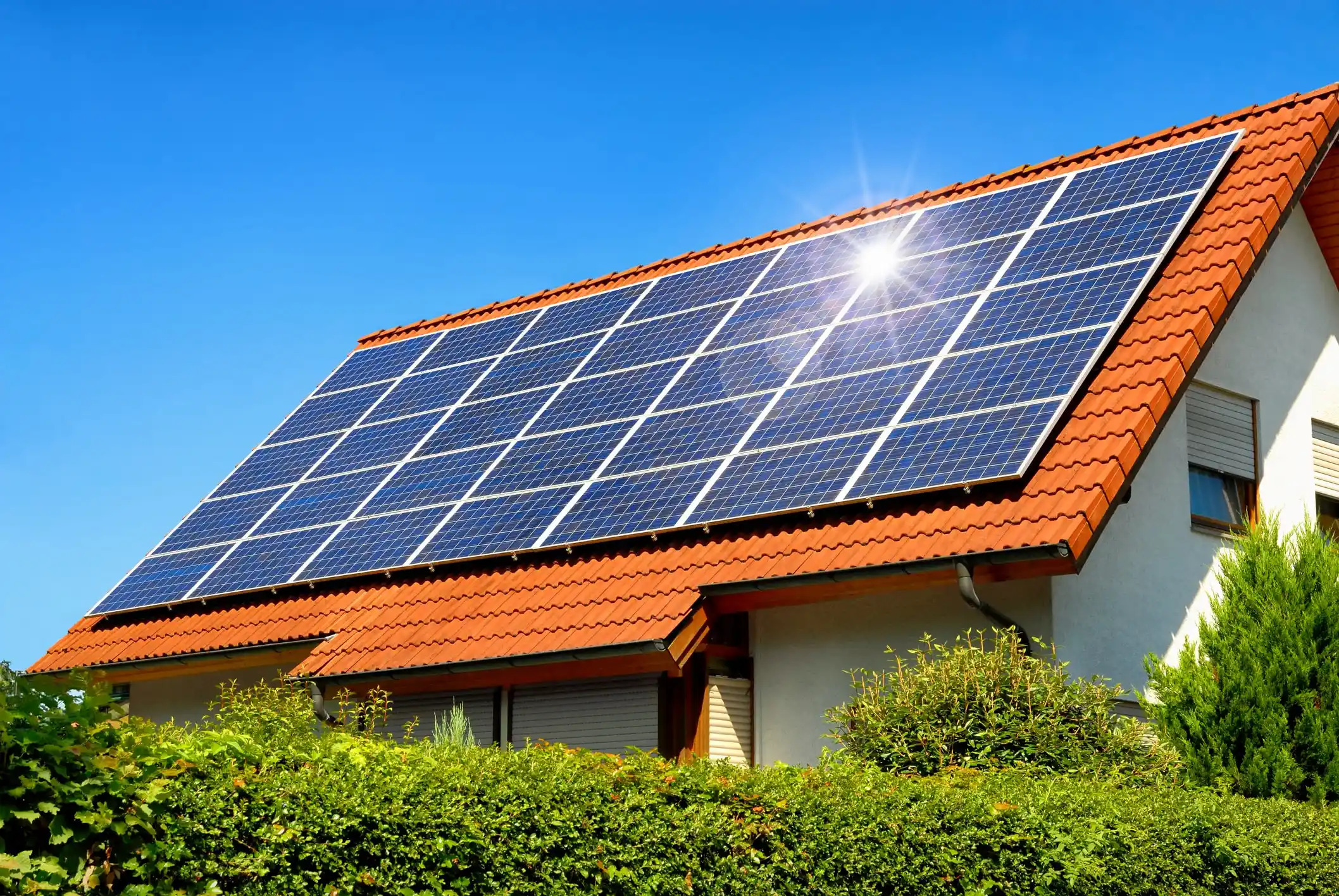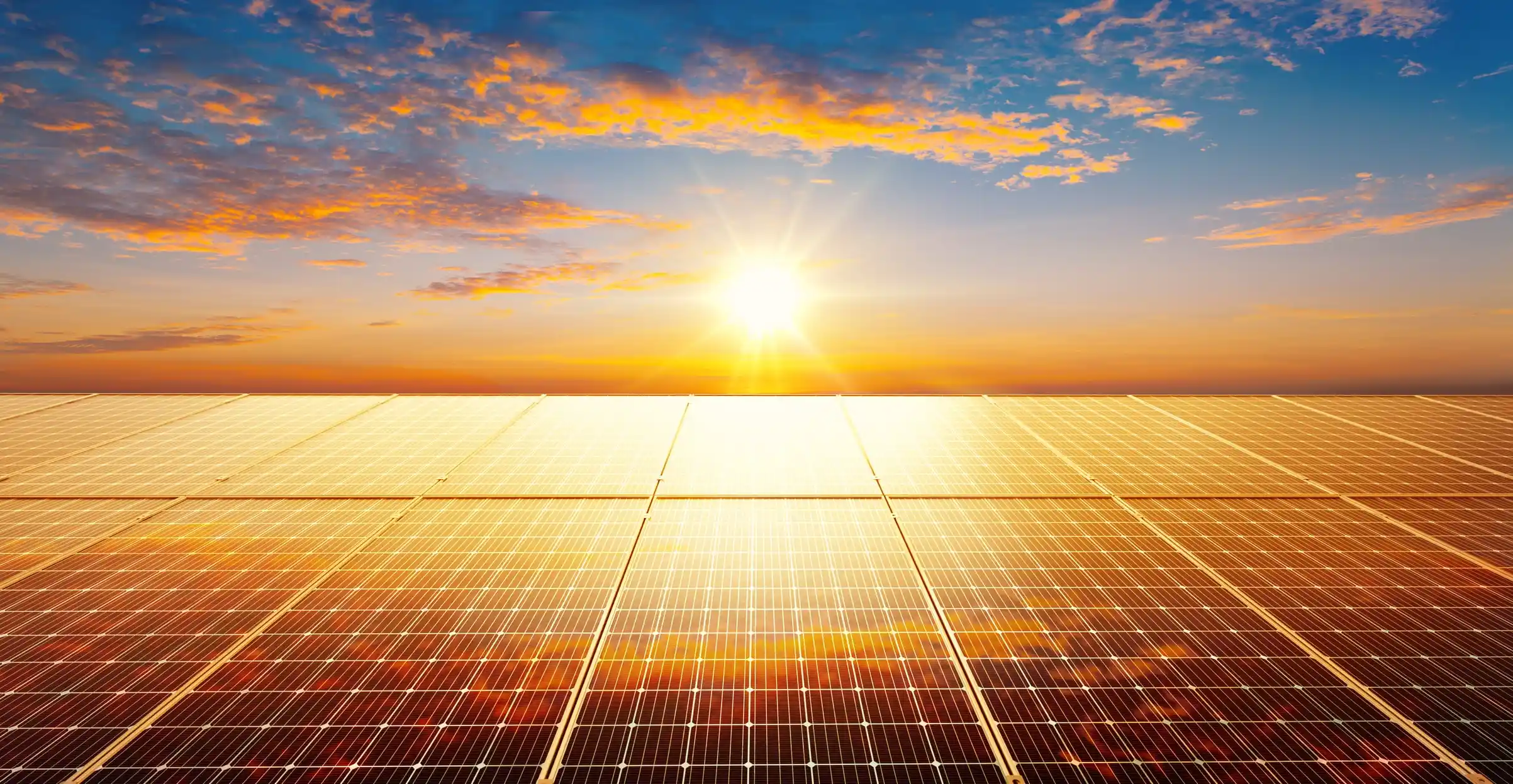POSTED
March 27, 2023
Fall & Rise of Solar PPA Prices: An ANALYSIS
Over the last decade, the solar power industry has experienced a significant decrease in prices due to advancements in technology, leading to more efficient and affordable solar panels. This trend has been particularly evident in utility-scale solar Power Purchase Agreements (PPAs), where prices have bottomed out, making solar energy increasingly competitive with traditional energy sources. […]
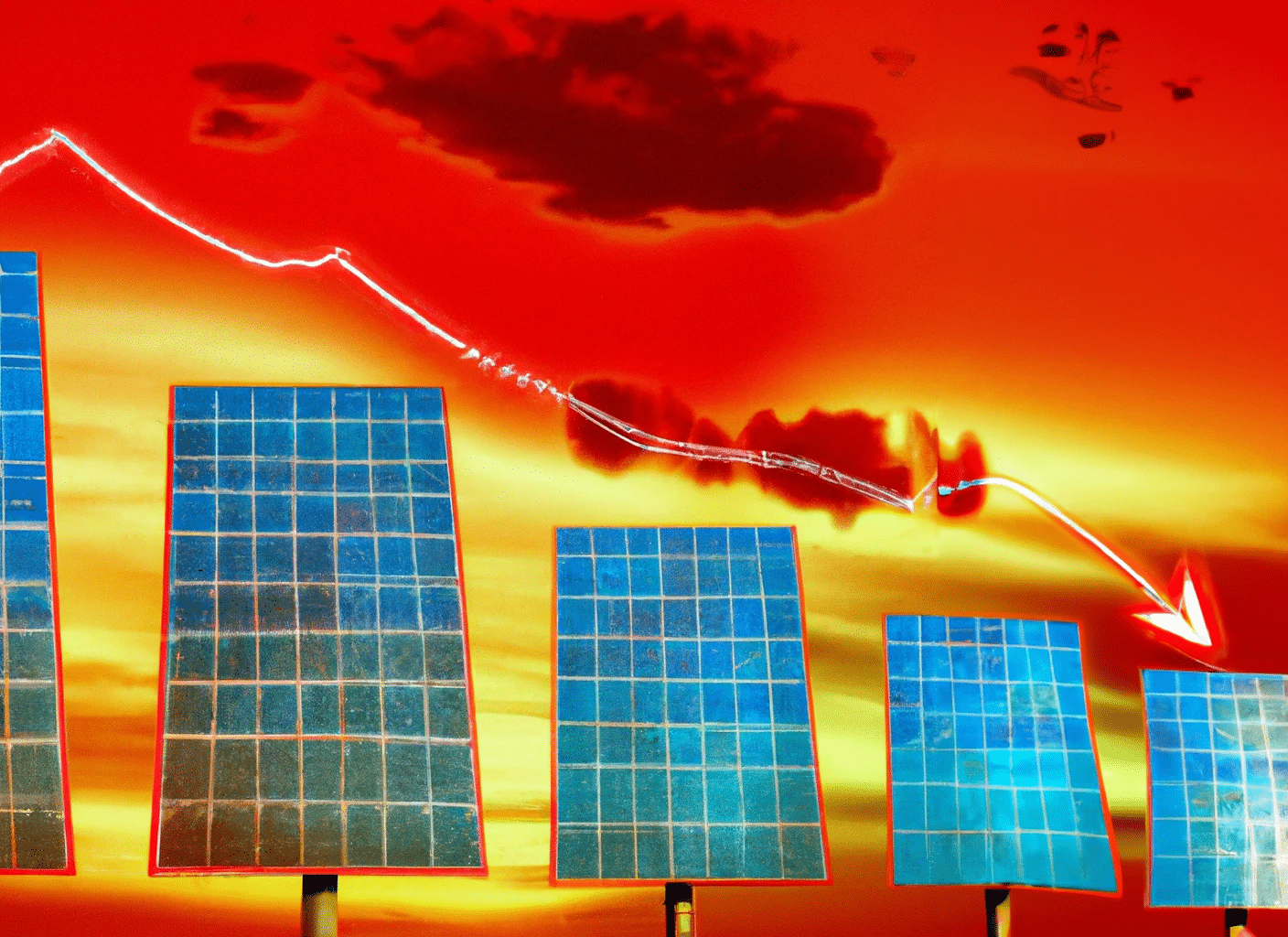
Over the last decade, the solar power industry has experienced a significant decrease in prices due to advancements in technology, leading to more efficient and affordable solar panels. This trend has been particularly evident in utility-scale solar Power Purchase Agreements (PPAs), where prices have bottomed out, making solar energy increasingly competitive with traditional energy sources.
However, recent trends indicate that solar PPA prices are rising again. In this blog post, we will explore the factors contributing to this increase, including supply chain constraints, transmission and interconnection roadblocks, NIMBYism (not in my backyard), extreme weather impacting prices, and the decommissioning of fossil fuel-burning plants.
Supply Chain Constraints

One of the primary factors contributing to the increase in utility-scale solar PPA prices is supply chain constraints. The COVID-19 pandemic has had a profound and lasting impact on the global economy, with the solar industry being no exception. As the pandemic swept across the globe, it disrupted production and transportation, leading to increased lead times and costs for raw materials essential to solar panel manufacturing. This disruption rippled through the entire solar supply chain, from mining and refining to assembly and installation.
Polysilicon, a critical component of solar panels, is a raw material significantly affected by supply chain disruptions. Polysilicon is the primary ingredient in producing solar cells, which are the building blocks of solar panels. Due to increased demand and pandemic-related disruptions, the price of polysilicon has surged in recent years, pushing up the costs of solar panels. This increase in production costs has inevitably led to higher PPA prices for utility-scale solar projects.
Furthermore, trade tensions between the United States and China have exacerbated the solar industry’s supply chain challenges. The ongoing trade disputes have resulted in tariffs on imported solar panels and components, further driving up costs for developers and consumers.
For example, in January 2018, the United States imposed a 30% tariff on imported solar panels and cells, which has been gradually reduced over the years, but still adds a significant cost burden on solar projects in the country.
As the solar industry works to overcome these challenges, governments and industry stakeholders must collaborate and develop solutions that ensure a resilient and efficient supply chain for solar components. This will help stabilize solar PPA prices and contribute to the broader global transition towards renewable energy sources.
Transmission and Interconnection Roadblocks
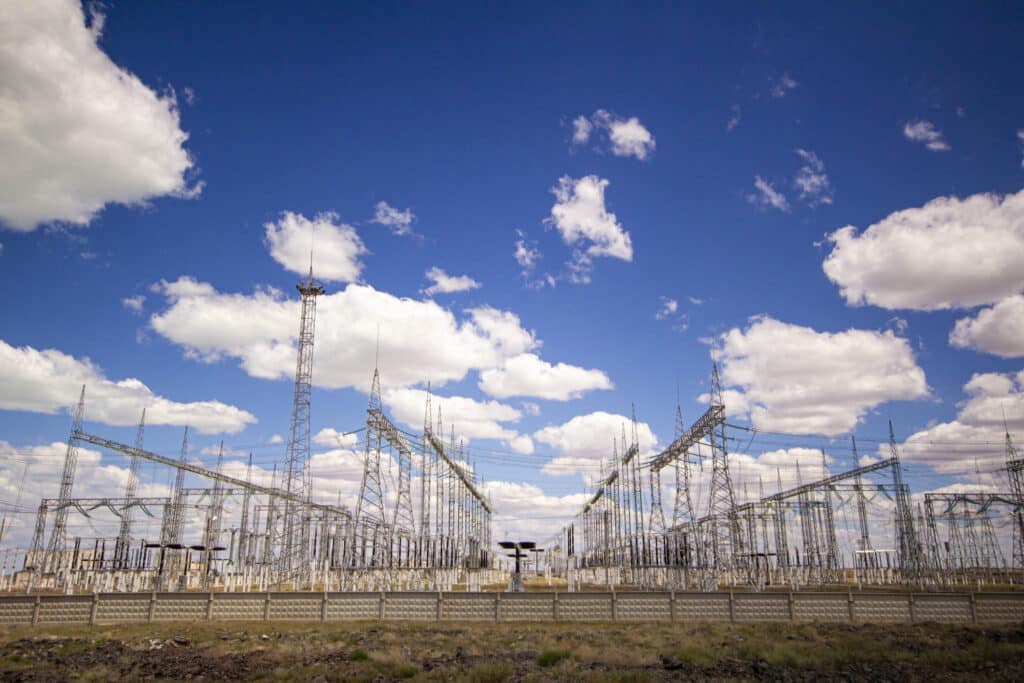
As solar energy projects continue to grow in size and number, the need for effective transmission and interconnection infrastructure becomes increasingly crucial. However, many solar projects face challenges securing interconnection agreements, as the existing grid infrastructure is often insufficient to accommodate the added capacity from renewable sources.
This challenge stems from the fact that most of the current grid systems were designed and built decades ago, long before the rapid expansion of renewable energy sources. As a result, integrating large-scale solar power into the grid can pose technical and logistical challenges, which can impede the overall growth of solar energy.
The grid modernization process typically involves replacing or upgrading aging infrastructure, improving grid management systems, and expanding transmission lines to connect renewable energy projects to the grid. These upgrades are necessary to ensure that the grid can reliably and efficiently transmit power from utility-scale solar projects to consumers.
In addition to the financial burden of upgrading the grid, project developers often face bureaucratic and regulatory hurdles that can further delay project development. Securing interconnection agreements requires navigating complex permitting processes, environmental impact assessments, and negotiations with stakeholders, including utility companies, regulatory bodies, and local communities. The time and resources required to navigate these processes can result in increased costs for project developers, which are then passed on to the end consumers through higher PPA prices.
Effective transmission and interconnection infrastructure is critical for the continued growth of utility-scale solar power. The challenges associated with securing interconnection agreements, upgrading the grid, and managing grid congestion can lead to delays in project development and increased PPA prices.
To address these issues, a coordinated effort among industry stakeholders, government bodies, and utility companies is necessary to invest in grid modernization and streamline the regulatory processes associated with interconnection. This collaboration will not only help to reduce PPA prices but also ensure the efficient integration of solar power into the energy mix, supporting a more sustainable and resilient energy future.
NIMBYism

NIMBYism, or “Not In My Back Yard,” refers to the opposition of local residents to developing new projects in their communities. Solar projects, especially utility-scale installations, can face opposition from nearby residents due to concerns about property values, aesthetics, and potential environmental impacts.
This resistance can manifest in various ways, from organized protests to legal challenges and political lobbying against proposed developments.
One of the primary concerns related to NIMBYism is the potential impact on property values. Some residents fear that the presence of a large-scale solar installation nearby will reduce the desirability of their property, leading to lower sale prices or decreased interest from potential buyers. Although studies have shown that the impact of solar installations on property values is generally negligible or even positive, this perception persists and can fuel opposition to new projects.
Aesthetics also play a significant role in NIMBYism, as some residents feel that utility-scale solar projects can disrupt the natural landscape and negatively impact the visual appeal of their communities. Large-scale solar installations, with rows of solar panels and accompanying infrastructure, can be seen as industrial or intrusive, particularly in rural or scenic areas. This concern can lead to calls for greater setbacks, alternative locations, or even project cancellations, all of which can increase costs and contribute to higher PPA prices.
Potential environmental impacts of solar projects, such as habitat disruption, soil erosion, and water usage, can also contribute to local opposition. While solar energy is generally considered an environmentally friendly source of power, utility-scale installations can still have localized impacts on ecosystems and natural resources. Concerned residents may question the trade-offs between renewable energy development and preserving the local environment, leading to further delays and increased costs as developers address these concerns.
This resistance can lead to delays, legal challenges, and increased costs for developers, ultimately contributing to higher PPA prices. Developers may need to invest time and money in community outreach efforts, public relations campaigns, and legal fees to address the concerns of local residents and secure necessary permits and approvals. These costs can then be passed on to the end consumers through higher PPA prices, potentially making solar energy less competitive with other sources of electricity.
To mitigate the impact of NIMBYism on utility-scale solar projects, as developers, we must engage with local communities and address their concerns proactively. This can include transparent communication about the potential impacts and benefits of solar projects, involving community members in the planning and decision-making processes, and working to minimize disruptions to the local environment and aesthetics. By fostering a collaborative relationship with local communities, solar developers can help to reduce opposition, streamline project development, and ultimately contribute to lower PPA prices.
Extreme Weather Impacting Prices

Extreme weather events, such as the recent winter storm in Texas, have had a significant impact on the Electric Reliability Council of Texas (ERCOT) prices. The storm highlighted the vulnerability of the state’s energy infrastructure and the need for increased investment in grid resilience and reliability. As a result, ERCOT has implemented new market rules and requirements that have led to higher costs for all types of power generation, including solar. These increased costs can be passed on to consumers through higher PPA prices.
The unprecedented winter storm in Texas led to widespread power outages, leaving millions without electricity for days. The crisis exposed weaknesses in the state’s energy infrastructure, as many power plants needed to be equipped to handle such extreme conditions. This event demonstrated the urgent need for improvements in grid resilience and reliability to prevent similar catastrophes in the future.
In response to the crisis, ERCOT has introduced new market rules and requirements designed to enhance the overall reliability of the power grid. These measures include mandating power generators to weatherize their facilities, ensuring that they can operate under extreme weather conditions, and maintaining a higher reserve capacity to better manage unexpected fluctuations in supply and demand.
While these measures are crucial for improving grid reliability, they come at a cost. These increased costs can translate into higher PPA prices for utility-scale solar projects as developers seek to recoup their investments and maintain profitability.
Moreover, extreme weather events can directly affect solar energy production, leading to short-term fluctuations in supply. For instance, during the Texas winter storm, solar panels were covered with snow and ice, significantly reducing their output. Such events can lead to higher PPA prices, as the risk of supply disruptions is factored into long-term contracts.
In addition to the direct impacts on solar energy producers, the increased focus on grid resilience and reliability can also indirectly affect PPA prices. For example, as utilities invest in grid modernization and energy storage solutions to better integrate renewable energy sources, these costs may be passed on to consumers through higher electricity rates. These higher rates can, in turn, lead to increased PPA prices for utility-scale solar projects as developers look to remain competitive in the market.
Overall, the growing awareness of the need for grid resilience and the potential impacts of extreme weather events on energy infrastructure has increased costs for power generators, including solar energy producers.
These costs can be passed on to consumers through higher PPA prices, ultimately making solar energy more expensive.
However, the long-term benefits of a more resilient and reliable grid, combined with continued improvements in solar technology and efforts to reduce supply chain constraints, could offset these costs and maintain the competitiveness of solar energy in the market.
Decommissioning of Fossil Fuel-Burning Plants
As countries worldwide strive to reduce greenhouse gas emissions and meet their climate goals, the retirement of fossil fuel-burning power plants has accelerated. This shift away from traditional energy sources is essential to mitigate the impacts of climate change and transition to a more sustainable energy future. However, this decommissioning process also challenges the energy market, particularly regarding grid capacity and interconnection agreements.
The retirement of fossil fuel-based power plants reduces the overall capacity of the energy grid, leaving a gap that needs to be filled by alternative energy sources, such as solar and wind power. As a result, renewable energy projects face increased competition for the limited capacity available on the grid. This competition can lead to higher interconnection costs as utilities and grid operators seek to allocate scarce resources efficiently and maintain grid stability.
Higher interconnection costs can directly affect the economics of solar projects, as these costs are factored into the overall project budget. Solar developers may need to charge higher PPA prices to account for these increased expenses, potentially making solar energy less competitive compared to other energy sources.
This can be particularly challenging for utility-scale solar projects, which often require substantial investments in transmission and interconnection infrastructure to deliver power to the grid.
Furthermore, decommissioning fossil fuel-based power plants can lead to fluctuations in energy supply and demand, impacting energy prices and market dynamics.
As the grid transitions to accommodate higher proportions of intermittent renewable energy sources like solar and wind, utilities and grid operators may need to invest in energy storage solutions and demand-side management strategies to ensure grid reliability. These additional investments can further drive up the cost of interconnection agreements and PPA prices for solar projects.
However, it is essential to recognize that decommissioning fossil fuel-burning power plants is an inevitable and necessary part of the global transition to a cleaner and more sustainable energy system. To mitigate the impacts of this transition on the energy market and maintain the competitiveness of solar energy, governments, utilities, and grid operators must work together to develop innovative solutions, such as grid modernization, energy storage, and demand-side management strategies.
These efforts can balance the grid, reduce the cost of interconnection agreements, and ultimately support the continued growth of solar energy as a key component of the world’s clean energy future.
While utility-scale solar PPA prices have bottomed out in recent years, a combination of factors is contributing to a new upward trend. Supply chain constraints, transmission and interconnection roadblocks, NIMBYism, extreme weather impacting prices, and the decommissioning of fossil fuel-burning plants all drive up the cost of solar energy.
As the solar industry continues to grow and adapt to these challenges, it will be essential for policymakers and stakeholders to address these issues to ensure that solar energy remains an affordable and viable option for a sustainable future.


